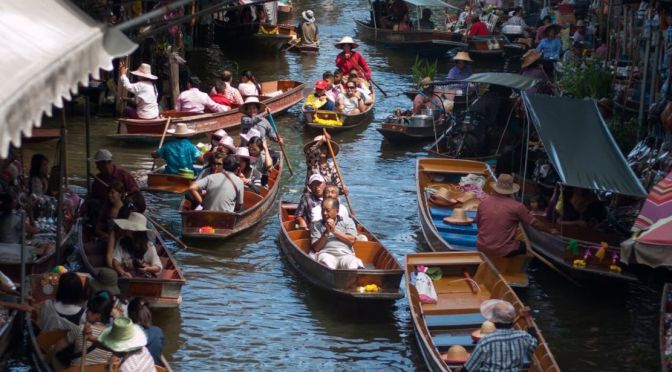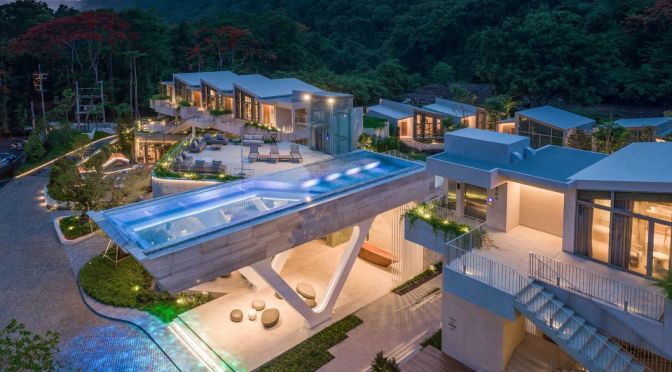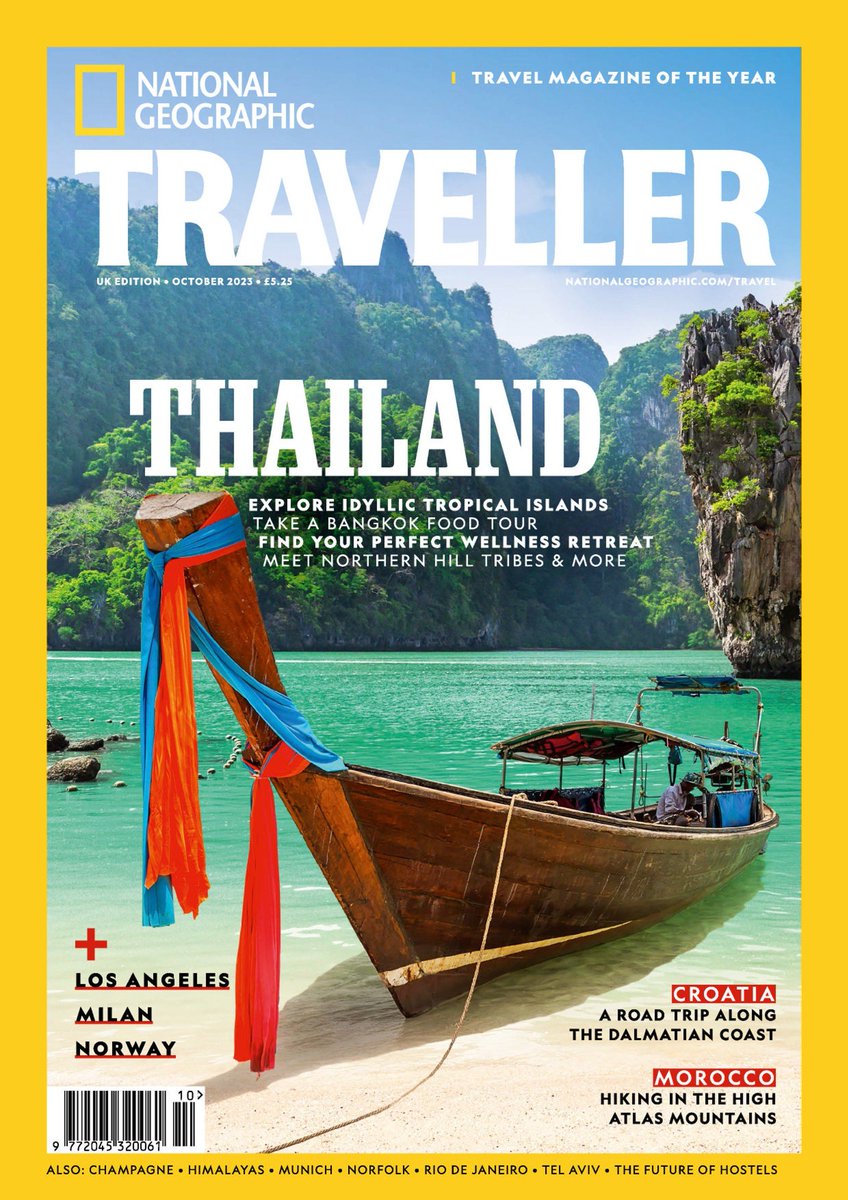Wind Walk Travel Videos (November 22, 2023) – A boat tour of the Damnoen Saduak Floating Market, the largest and most popular floating market in Thailand. It is located in Ratchaburi province, about 100 kilometers southwest of Bangkok.
The market was established in the late 19th century by King Rama IV, who ordered the construction of a canal to connect two rivers. It consists of a network of canals where vendors sell various goods from their boats, such as fruits, vegetables, souvenirs, and street food.
Visitors can experience the colorful and lively atmosphere of the market by taking a boat ride along the canals or walking along the banks. Damnoen Saduak Floating Market is a unique and memorable way to experience the traditional Thai culture and lifestyle.











